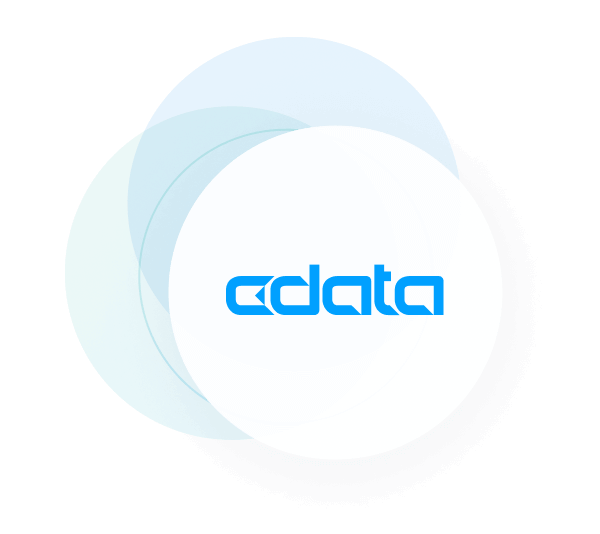Workflow Automation vs. Process Automation: Which is the Right Approach for Your Business?

In today's fast-paced business environment, software automation is a critical tool for improving efficiency, accuracy, and overall operations. To fully leverage software automation's benefits, it is crucial to understand the differences between workflow automation and process automation. This article will help you choose the right approach tailored to your business needs.
What is workflow automation?
Workflow automation is the use of technology to streamline and manage the sequence of tasks and activities that constitute a workflow. It automates the flow of information, documents, and tasks among various stakeholders based on predefined business rules and conditions.
Benefits of workflow automation include:
- Accelerated processes: By automating repetitive tasks and reducing manual intervention, workflows can be completed faster, enhancing overall productivity.
- Enhanced accuracy: Automation minimizes the risk of human error, ensuring tasks are performed correctly and consistently.
- Improved visibility: Workflow automation provides real-time tracking and monitoring of tasks, offering greater transparency into the workflow's status and performance.
- Consistency in operations: Ensures that processes are done the same way every time, maintaining uniformity.
- Better resource allocation: Frees employees from mundane tasks, allowing them to focus on more strategic and value-added activities.
What is process automation?
Process automation involves the use of technology to execute entire business processes without human intervention. It focuses on automating complex, end-to-end processes that often span multiple systems and departments.
Benefits of process automation include:
- Accelerated operations: Process automation significantly reduces the time required to complete business processes by eliminating manual steps and integrating disparate systems.
- Scalable growth: Automated processes can handle increased workloads without a proportional increase in resources, supporting business growth.
- Adaptability and flexibility: Automated processes can be quickly adjusted to accommodate changes in business needs, regulatory requirements, or market conditions.
- Cost reduction: Process automation reduces operational costs by minimizing manual labor and streamlining resource utilization.
- Enhanced compliance: Automation ensures that processes are compliant with regulations and standards, reducing the risk of non-compliance.
5 Differences between workflow and process automation
Understanding the key differences between workflow automation and process automation is essential for selecting the right approach for your business.
Scope
Workflow automation and process automation operate at different scopes:
- Workflow automation typically focuses on specific tasks or activities within a process. It automates the flow of information and tasks among different people or systems, often within a single department or functional area.
- Process automation, on the other hand, encompasses entire end-to-end business processes. It integrates multiple workflows and systems, often spanning across departments and functional areas.
Focus and goals
Workflow automation and process automation are tailored to different business goals.
- The primary focus of workflow automation is on improving the efficiency and accuracy of individual tasks within a workflow. Its goal is to streamline task execution and enhance coordination among stakeholders.
- Process automation aims to optimize entire business processes. Its goals include reducing process cycle times, minimizing costs, and improving overall business outcomes by automating comprehensive processes
Complexity
Businesses should tailor their automation type to the complexity of the operation they intend to automate.
- Workflow automation is less complex, as it deals with automating specific tasks and activities. It typically requires fewer resources and can be implemented more quickly.
- Process automation is more complex due to its broader scope. It involves integrating multiple systems, workflows, and data sources, often requiring significant investment and longer implementation times. Businesses must weigh the value added by automating a task against the cost of implementing automation for that task.
Integration
Workflow and process automation target different levels of support for integration with outside systems.
- Workflow automation usually requires integration with fewer systems and is often confined to specific applications or platforms used by a department.
- Process automation requires extensive integration across multiple systems and platforms to ensure seamless operation of end-to-end processes.
Impact on business
The impact of automation on business operations can differ based on whether workflow or process automation is implemented.
- Workflow automation primarily impacts the efficiency and effectiveness of individual tasks, providing incremental improvements in specific areas.
- Process automation delivers transformative changes by reengineering entire business processes, leading to significant gains in productivity, cost savings, and scalability.
Why automate processes?
Automating processes can save businesses substantial amounts of time and money by reducing manual labor, minimizing errors, and improving efficiency. Additionally, process automation supports scalable growth, ensuring that businesses can handle increased workloads without additional resources.
With an industry-leading catalogue of supported integrations and an easy-to-use, no-code, drag-and-drop workflow designer, CData Arc can help your business create end-to-end automations. By leveraging CData Arc, you can streamline operations, enhance productivity, and drive business growth with confidence.
Discover CData Arc today
See how CData can create simple, fast, and secure EDI, MFT, and API workflows integrated with your cloud or on-premises applications — no code required.





